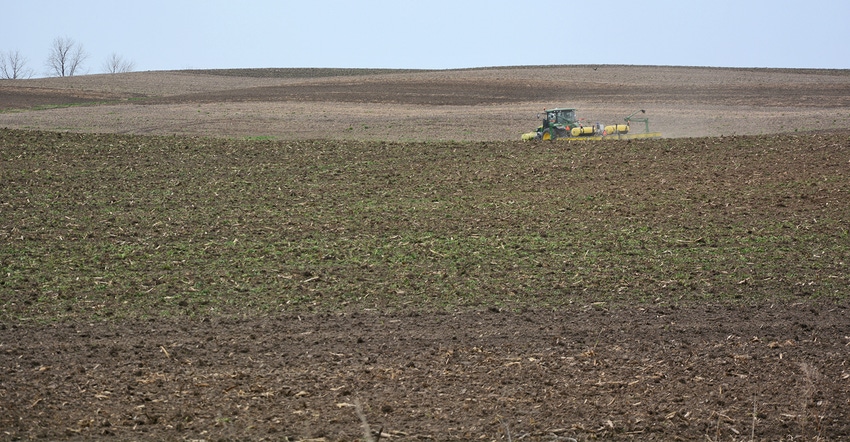
After that last dump of snow in mid-April, it was difficult for Minnesota farmers to envision when they would be pulling planters out of their sheds.
A week later, all that white stuff had melted, and soils have thawed.
Delayed planting might have you wondering what you should or shouldn’t tweak in your crop management. Consider these points offered by agronomists with Syngenta and the University of Minnesota as you patiently wait for warmer soils:
• Stay the course with hybrid or variety selections until May 21. For corn, U-M’s Jeff Coulter advises that growers stay with planned seed choices until May 21-25. Come May 25-31, plant hybrids that are five to seven relative maturity units earlier than a full-season hybrid.
Remember that planting grain corn after May 31 carries high risk in Minnesota. If corn must be planted after that date, growers can reduce risk by planting hybrids that are about 15 or more relative maturity units earlier than full-season hybrids. At June 5 or later, most growers who still need to plant should consider planting a crop other than grain corn, if feasible. However, the decision of what to plant is also influenced by factors such as the fertilizer applied and seed availability. These factors will need to be evaluated on a field-by-field basis.
For soybeans, growers who may be looking at planting after June 15 should consider varieties that are 0.5 or 1.0 maturity groups earlier, advises Syngenta.
• Keep damp soils in mind when considering soybean seed treatments. Because cold, wet soils are favorable environments for seedling diseases like pythium and phytophthora, a robust fungicide seed treatment is essential, according to Syngenta.
Bruce Potter, U-M Extension Integrated Pest Management specialist, notes that moisture is the driver for fungal pathogens, both in warm and cold temperatures. Use seed treatments in high-risk situations for best chance at return.
• Match herbicides with application timing. While the optimal herbicide application timing for preventing early-season weed competition is preemergence, selecting a herbicide that can be applied at both preemergence and postemergence can help mitigate the negative effects of weather-related application delays, say Syngenta agronomists.
Choosing a herbicide with long-lasting residual will help ensure that delays between application and planting won’t result in weed control that runs out too soon.
• Scout, scout, scout. Crops planted later in the season may be more vulnerable to infection from soil-borne diseases like northern corn leaf blight, gray leaf spot and white mold — and foliar diseases like frogeye leaf spot and southern rust, Syngenta agronomists point out. Additionally, less-mature plants can be more vulnerable to infection from pathogens that have had time to build population size.
In light of the increased vulnerability to disease that late-planted crops may face, Syngenta agronomists recommend that growers employ a robust scouting plan and monitor disease reports carefully to accommodate timely fungicide applications that can help crops reach full maturity and yield potential.
About the Author(s)
You May Also Like






